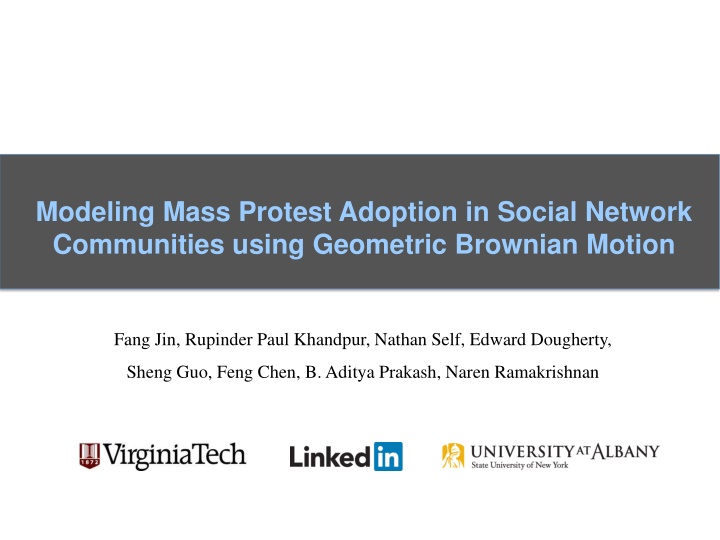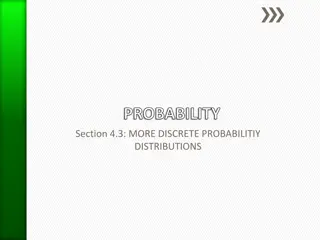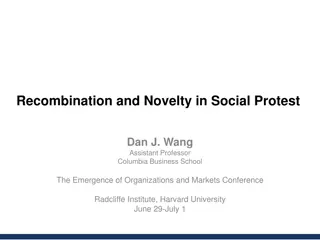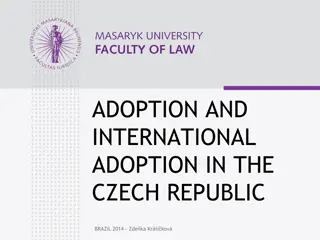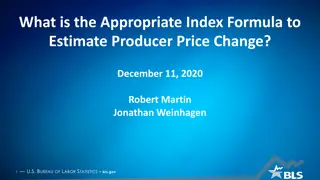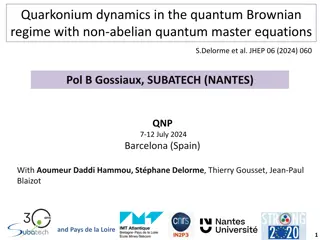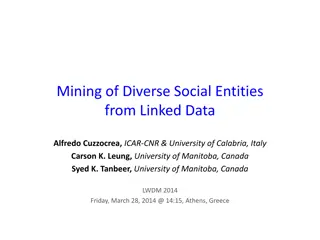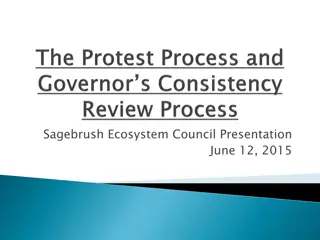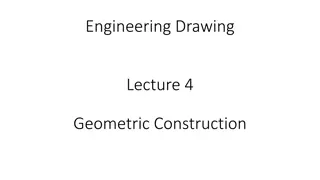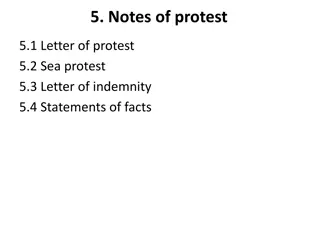Modeling Mass Protest Adoption in Social Networks Using Geometric Brownian Motion
This study explores the adoption of mass protests in social network communities through the application of Geometric Brownian Motion. The research delves into the dynamics of protest participant growth, the underlying social network structures, and the trust functions modeled as a GBM process. Additionally, it examines the Poisson model for newly infected users in latent space and the simulation results merging Poisson and GBM values. The investigation includes cases such as the Mexican Yosoy132 protest and Colombian anti-government protest, evaluating subgraph structures and protest accuracy for various events.
Download Presentation

Please find below an Image/Link to download the presentation.
The content on the website is provided AS IS for your information and personal use only. It may not be sold, licensed, or shared on other websites without obtaining consent from the author.If you encounter any issues during the download, it is possible that the publisher has removed the file from their server.
You are allowed to download the files provided on this website for personal or commercial use, subject to the condition that they are used lawfully. All files are the property of their respective owners.
The content on the website is provided AS IS for your information and personal use only. It may not be sold, licensed, or shared on other websites without obtaining consent from the author.
E N D
Presentation Transcript
Modeling Mass Protest Adoption in Social Network Communities using Geometric Brownian Motion Fang Jin, Rupinder Paul Khandpur, Nathan Self, Edward Dougherty, Sheng Guo, Feng Chen, B. Aditya Prakash, Naren Ramakrishnan
#Yosoy132 Protest Busin ess Plan
Motivation Protest examples Mass movement in Twitter Propagation model Goal: Model the growth of protest participants within a social network. Understand the underlying social network and structural dynamics.
Approach: Bispace model We consider the mentions network to be stable Latent Space Mentions network movement #YoSoy132 (SEED QUERY) Protest, march, demonstration # granmarcha132 "#megamarch (transparent, election)
Geometric Brownian motion (GBM) Brownian distance Trust function o We define vj trust function with vi at time t as Stij o We modeled the trust function St as a GBM process: Stij ~ GBM o We define the Brownian distance, which depends on the mention frequency and number of common direct neighbors Infection condition: ln (Stij ) >= dij o Brownian distance is a measurement of the closeness and diffusion possibility of the nodes
Latent space: Poisson model We assume the probability of the number of newly infected users, X, in a given time interval satisfies the Poisson distribution: #yosoy13 # granmarcha132 Infected nodes in latent space Poisson distribution fit ( = 4.18)
Simulation Result Bispace simulation value = Poisson value + GBM value
Simulation results for more cases Mexican Yosoy132 protest Colombian anti-government protest Mexican teachers protest Accuracy for 7 protest events
Subgraph structure evaluation Simulated infection subgraph True infection subgraph Average degree Graph density Connected components Average clustering coefficient Average path length Diameter Simulation 1.791 11 0.002 183 0.083 4.786 Ground truth 1.726 18 0.002 204 0.008 6.261 GBM simulation results for teacher protest events on Sep 2, 2013 12
Conclusion The bispace model is effective at capturing the total number of infected nodes. We run 500 times experiments, the average accuracy is 0.90. The GBM model can simulate the protest burst, even though not at the precise moment. In the bispace propagation model, the GBM process is more influential than the Poisson process. The GBM model performs well for these network structure metrics: average degree, diameter, graph density, connected components and average path length Capturing the average clustering coefficient needs improvement.
Thanks! Fang Jin: jfang8@cs.vt.edu
